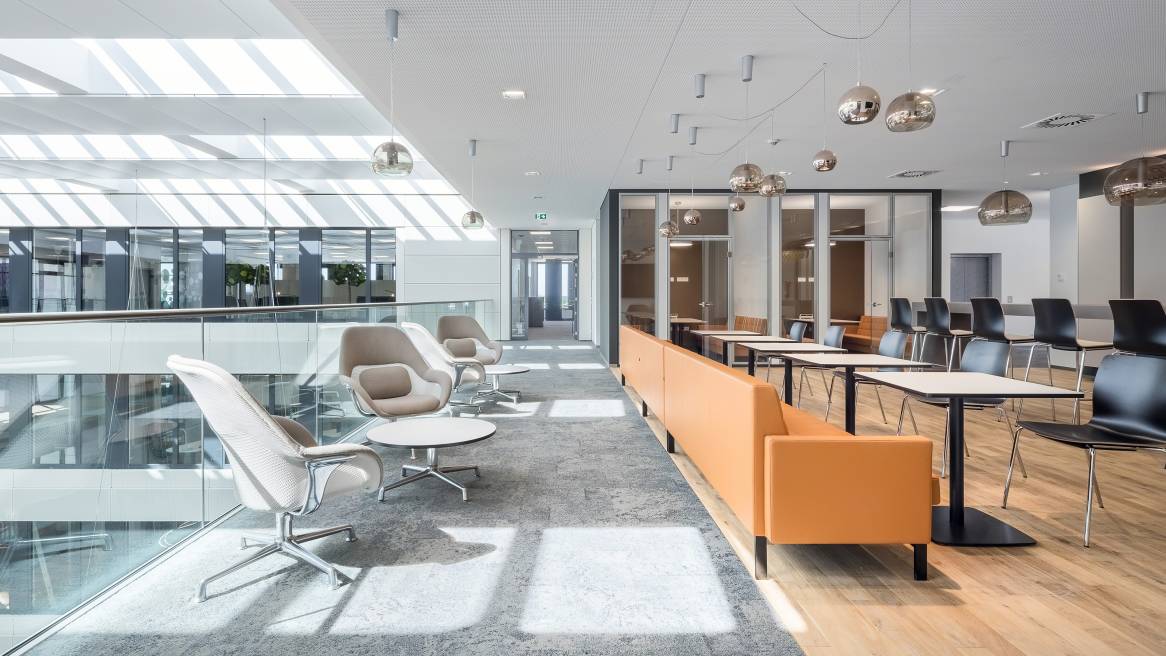Designing a new office space is an exciting process involving considering various design aspects carefully to create a productive and comfortable work environment. While aesthetics and functionality are key considerations, ensuring the safety of employees should be the top priority. Implementing essential safety measures promotes your workforce’s well-being and helps you comply with legal requirements. This post will explore some crucial safety aspects you should include when designing a new office space.
Fire Safety
Fire safety should be a primary concern in any workplace. Install smoke detectors, alarms, and extinguishers throughout the office space. Ensure that fire exits are clearly marked and easily accessible. Implement an evacuation plan and conduct regular fire drills to familiarise employees with the procedures. Consider incorporating fire-resistant materials, such as fireproof plasterboard, and ensure that electrical systems are up to code.
Ergonomics &Workspace Design
Creating an ergonomic workspace design prevents musculoskeletal disorders and promotes employee well-being. Invest in adjustable desks and chairs that properly support different body types. Consider incorporating standing desks or ergonomic accessories such as wrist rests and monitor stands. Provide adequate lighting to minimize eye strain and ensure computer screens are positioned at eye level. Encourage employees to take regular breaks and provide comfortable breakout areas for relaxation.
Lighting
Proper lighting is essential for creating a safe and productive work environment. Incorporate natural and artificial lighting to reduce eye strain and improve concentration. Maximise natural light by positioning workstations near windows. Install window coverings to control glare when necessary, and use energy-efficient LED lighting that provides sufficient illumination without causing glare or shadows. Ensure all areas, including corridors and staircases, are well-lit to prevent accidents.
Ventilation & Air Quality
Good indoor air quality is crucial for the health and well-being of employees. Design the office space to allow for proper ventilation and airflow. Install air conditioning systems with filters to remove pollutants and maintain a comfortable temperature. Use low VOC (volatile organic compound) materials and furnishings to reduce harmful emissions. Regularly maintain HVAC systems to ensure optimal air quality.
Electrical Safety
Electrical hazards can pose a significant risk in the workplace. Engage a qualified electrician to design and install the electrical system in compliance with safety regulations. Ensure that electrical outlets are in a convenient position and not overloaded. Implement a regular maintenance program to inspect and repair faulty wiring or equipment. Provide clear guidelines on properly using electrical appliances and encourage employees to report any electrical issues promptly.
Slips, Trips, and Falls Prevention
Slips, trips, and falls are common causes of workplace injuries. Use slip-resistant flooring materials in high-traffic and wet areas such as kitchens and restrooms. Install handrails on stairs and ramps to provide stability and prevent accidents. Keep walkways clear of obstacles and ensure that cables and cords are properly managed to avoid tripping hazards. Conduct regular inspections to identify and address potential risks.
Emergency Preparedness
Incorporate emergency preparedness measures into your office design. Display clear signage indicating emergency exits, assembly points, and first aid locations. Install emergency lighting to guide employees during power outages. Keep first aid kits readily available and ensure that designated employees are trained in first aid and CPR. Consider installing security systems and access control measures to enhance workplace safety.







